Stay logged in to proceed with bookings, orders and offers.
On changing the terminal, you will loose items in your cart. Are you sure you want to change your terminal?
From the humble cup of chai to fine wines, explore the rich histories of some of the world’s favourite beverages, and the best places to sample them across India.
As a new day begins, a blend of aromas and flavours fills the air, giving us a peek into the diverse world of beverages. From a steaming cup of coffee accompanying your breakfast toast to the late afternoon glass of masala chai, culminating in the freshly brewed beer enjoyed on Friday nights, these beverages are woven into the fabric of our daily lives. As a self-proclaimed connoisseur of food and drink, I decided to explore the histories of five of the world's cherished beverages, each with its unique story to tell. Read on to explore the worlds of tea, coffee, beer, wine, and bubble tea to appreciate their significance in our lives, which is often overlooked. Along the way, I will also guide you to some of the best places in India to savour these beverages to ensure your exploration is as enriching as flavourful!
Read More
Read Less
I enjoy my morning tea, delighting in its aroma and warmth as it gently awakens my senses. Whether paired with paratha or toast over breakfast or enjoyed with finger sandwiches or pastries during high tea, tea remains truly rejuvenating—irrespective of the time of day. While tea may seem like India's gift to the world, the truth is that tea traces its roots back to China, where it was accidentally discovered by the Chinese Emperor Shen Nong, in 2737 BCE. Legend has it that dried tea leaves from a camellia bush fell into a boiling pot of water. Upon tasting the infusion, the emperor was pleased with the aroma and found it refreshing. Tea eventually found its way to India through the Silk Route, courtesy of the British. By the mid-1840s, the Indian tea industry had begun to flourish. Today, India proudly holds the title of being one of the largest tea producers and exporters. If you are a tea lover like me, plan a trip to Halmari Tea Estate (Dibrugarh, Assam), Glenburn Tea Estate and Retreat (Darjeeling, West Bengal), or Tea Town (Wayanad, Kerala) to sample the finest teas. These picturesque tea estates offer tea-tasting tours. They also allow you to pluck tea leaves and brew your beverage.
According to the Oxford Companion to Beer, beer is one of the oldest alcoholic drinks in the world. It also ranks as the third most-consumed drinks globally. Beer made its first appearance in India around 1500 BCE. Traditionally, people made beer by fermenting barley and blending rice-based drinks with local fruits and spices. In the 1700s, the British introduced ale to India, known as the Indian Pale Ale (IPA). They added hops to preserve the beer during its six-month journey from Britain to India. Lately, craft beer (beer produced by small, independent breweries) has gained popularity in India. In 2009, Doolally became the first microbrewery to enter the Indian market, with their introductory brew, "The Belgian Wit." When enjoying a cold beer, I love pairing it with an array of flavourful snacks. Some of my favourite brewpubs are The Beer Cafe (across India), The Barking Deer (Mumbai), and British Brewing Company (Mumbai). Moreover, I have made it a bucket list goal to attend some of the world's most popular beer festivals, including Oktoberfest (Munich, Germany), the Great American Beer Festival (Denver, United States), and the Vermont Brewers Festival (United States).
Coffee is not only one of the most popular beverages in the world but also a health champion, safeguarding against Type 2 diabetes and heart diseases. That is a fortunate alignment as I cherish my coffee, especially when it is expertly brewed with a delicate swirl of steamed milk. The comforting aroma and creamy texture make it a soothing morning ritual that sets a positive tone for the day ahead. Now, let us delve into coffee's arrival in India. Coffee originated in the ancient forests blanketing the Ethiopian plateau. From Africa, coffee cultivation spread to the Arabian Peninsula, particularly Yemen, where it gained immense value. According to legend, coffee reached India in the late 17th century when a Sufi saint, named Baba Budan, defied the Yemeni mandate that prohibited the export of live coffee beans. He returned to India with seven coffee beans hidden around his waist and planted them near his hut in Chikmagalur, Karnataka. Today, India ranks as the eighth largest exporter and the third largest producer of coffee in Asia. For the best coffee, visit Coorg and Chikmagalur as well as Wayanad (Kerala), where misty hills and expansive coffee estates invite a perfect weekend getaway.
It is a common sentiment shared by many that a glass of your favourite wine can undoubtedly enhance your day or evening. It is no surprise that wine ranks as the second-most consumed alcoholic beverage, after beer. Its global consumption exceeds 20 billion litres, spanning the red and white varieties. India's wine-making history traces back to the Bronze Age, introduced by Persian traders. Initially, wine was crafted from grapes and fermented grains. A phylloxera outbreak in the early 19th century nearly devastated the industry. But it saw a resurgence in the 1980s, fuelled by the growing middle-class interest in luxury goods. Over the years, wine consumption has surged in India—notably among millennials—giving rise to wine tourism. This includes wine-tasting tours, attendance at wine festivals, and even booking vineyards for wedding celebrations. If you are a wine connoisseur, embark on wine-tasting tours at Sula Vineyards (Nashik, Maharashtra), Grover Zampa Vineyards (Nandi Hills, Karnataka), and Fratelli Wines (Akluj, Maharashtra). Don't miss the chance to experience SulaFest, a globally renowned vineyard music festival that is held annually in February in Nashik.
Chewy tapioca pearls meet silky smooth tea in this sweet and playful concoction, which is also known as "boba tea". The result is a superb blend of textures that has found favour among patrons of all ages. Bubble tea comes in a myriad of flavours, from classic options like taro and matcha green tea to exotic variations like passion fruit and lychee. Originating in Taiwan in the mid-1980s, bubble tea was born when former bartender Chang Fan Shu used a martini mixer to create a frothy, cold tea that captured the hearts of Taiwanese locals. In 1986, entrepreneur Tu Zonghe added tapioca balls to green tea, further enhancing its appeal. In India, Adnan Sarkar introduced bubble tea on a commercial scale, with the founding of Dr Bubbles in 2015. Sarkar gave bubble tea an Indian twist by adding fruit jelly and poppers to the mix. Make a stopover at Mongoose—Asian Bubble Bar in Mumbai, Dr Bubbles in Mumbai, Cha Bar in Mumbai, Got Tea in Delhi, Burma Burma in Bangalore, or Tea Trails in Pune, if you are curious to try bubble tea.
From the energising jolt of coffee to the meditative tranquillity of tea and the camaraderie of sharing a beer, I have discovered that the true pleasures of life are often found in simplicity. Let us raise our cups and glasses to celebrate these delightful beverages enjoyed by people worldwide and how they bring us all together.
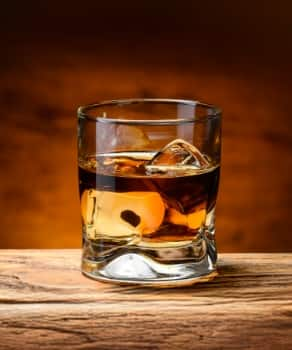
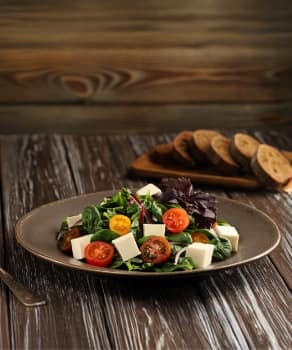
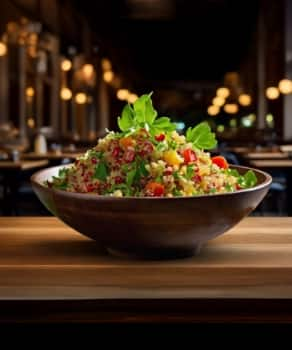
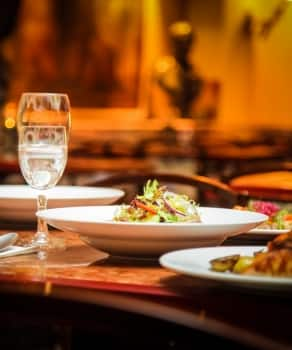
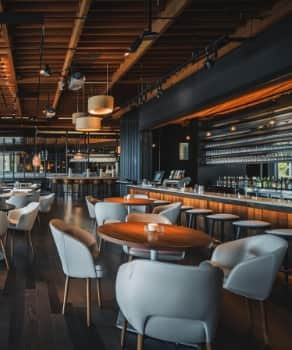
The Adani One expressly disclaims all liability, direct and indirect, in respect to actions taken or not taken based on any or all the contents of this Blog. The Blog is an opinion of the contributor based on the collation of data from various sources and is provided only for information purpose. Adani One does not canvass, advertise, solicit, invite or induct for any product, merchandise, information, brand or any other materials mentioned in the Blog, nor does it obtain any monetary benefit from the same. Reader is advised to read and apply his/her intellect and discretion in this regard. Any Intellectual Property mentioned in this blog belongs to the rightful owner. We do not intent to claim any interest over the same.